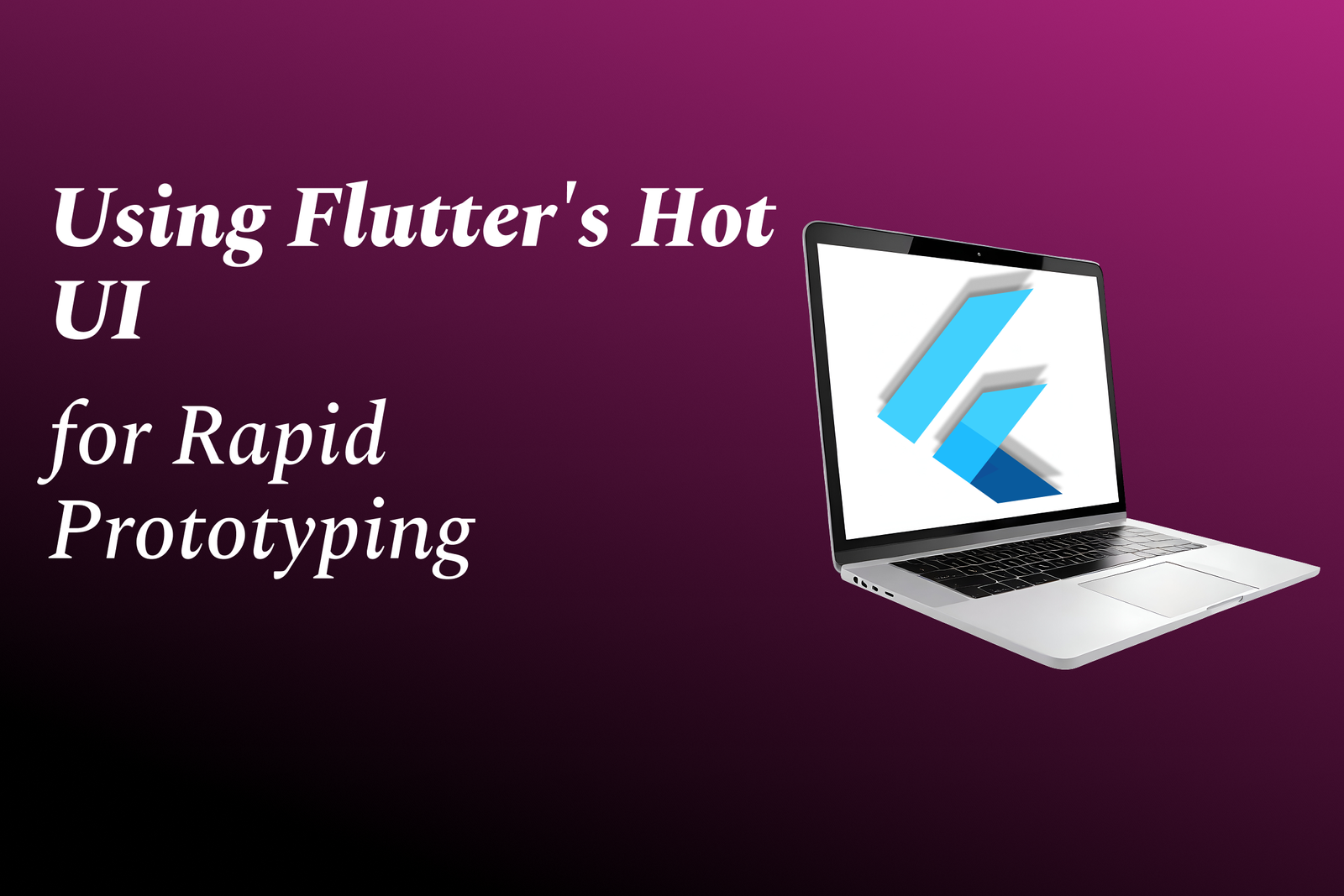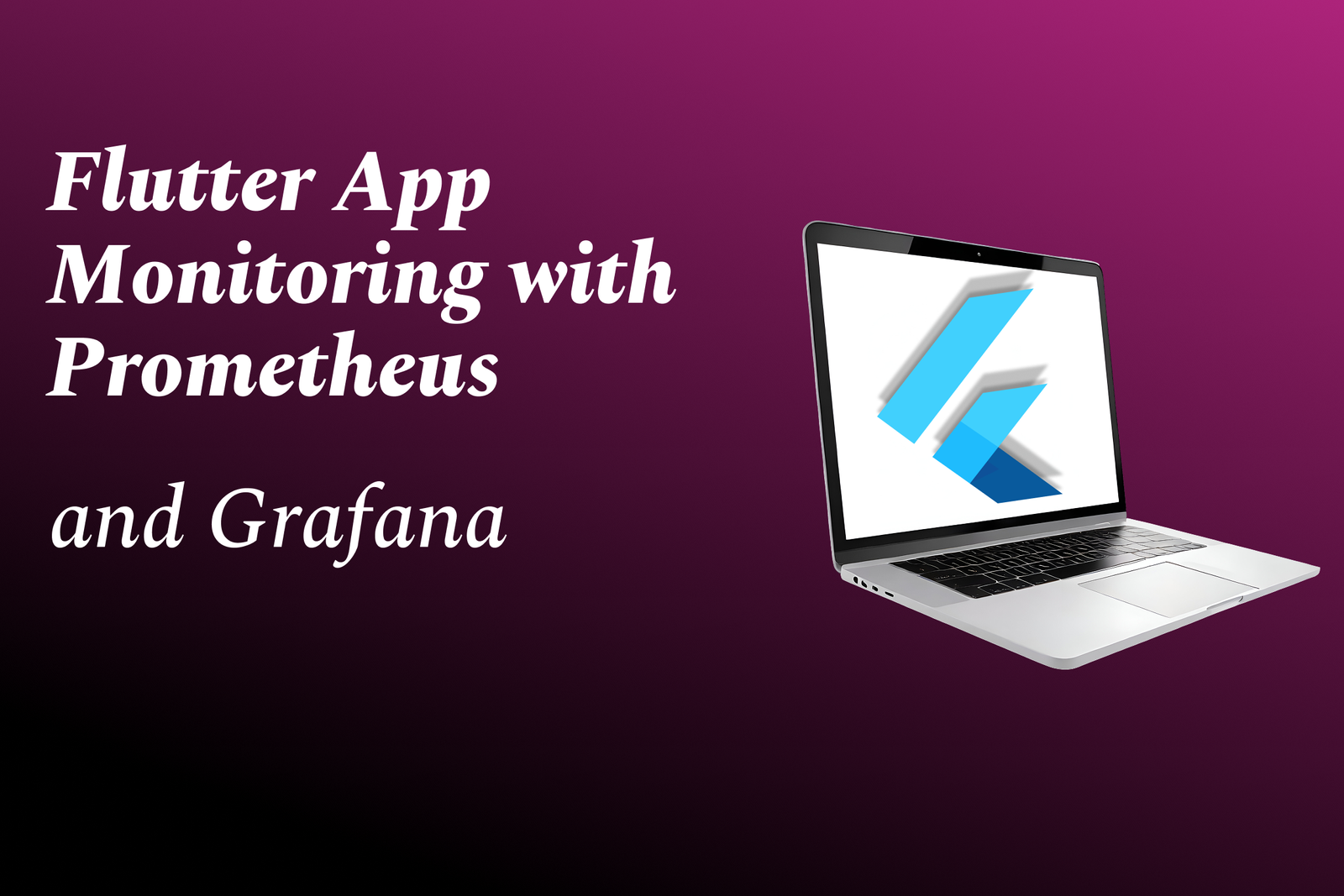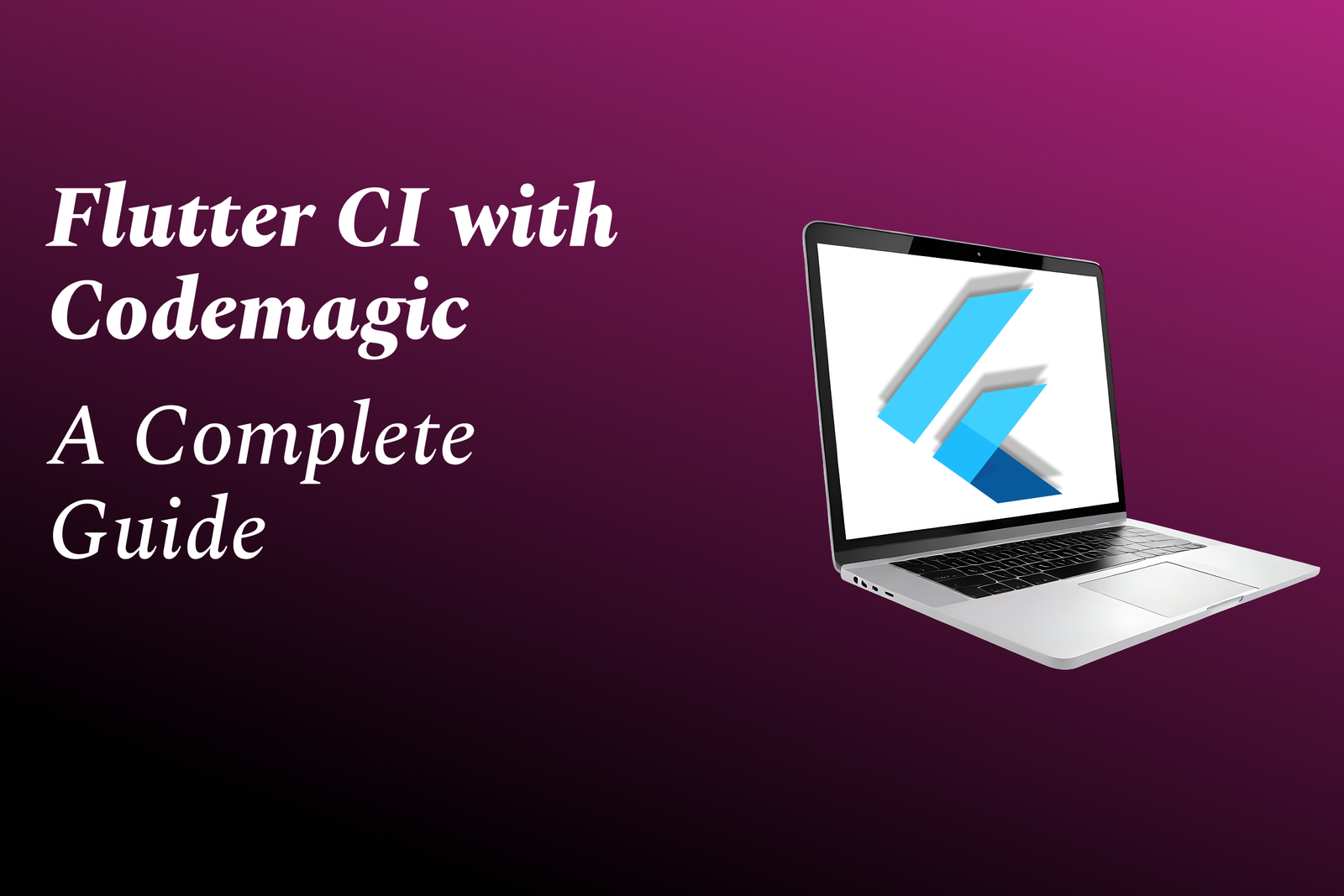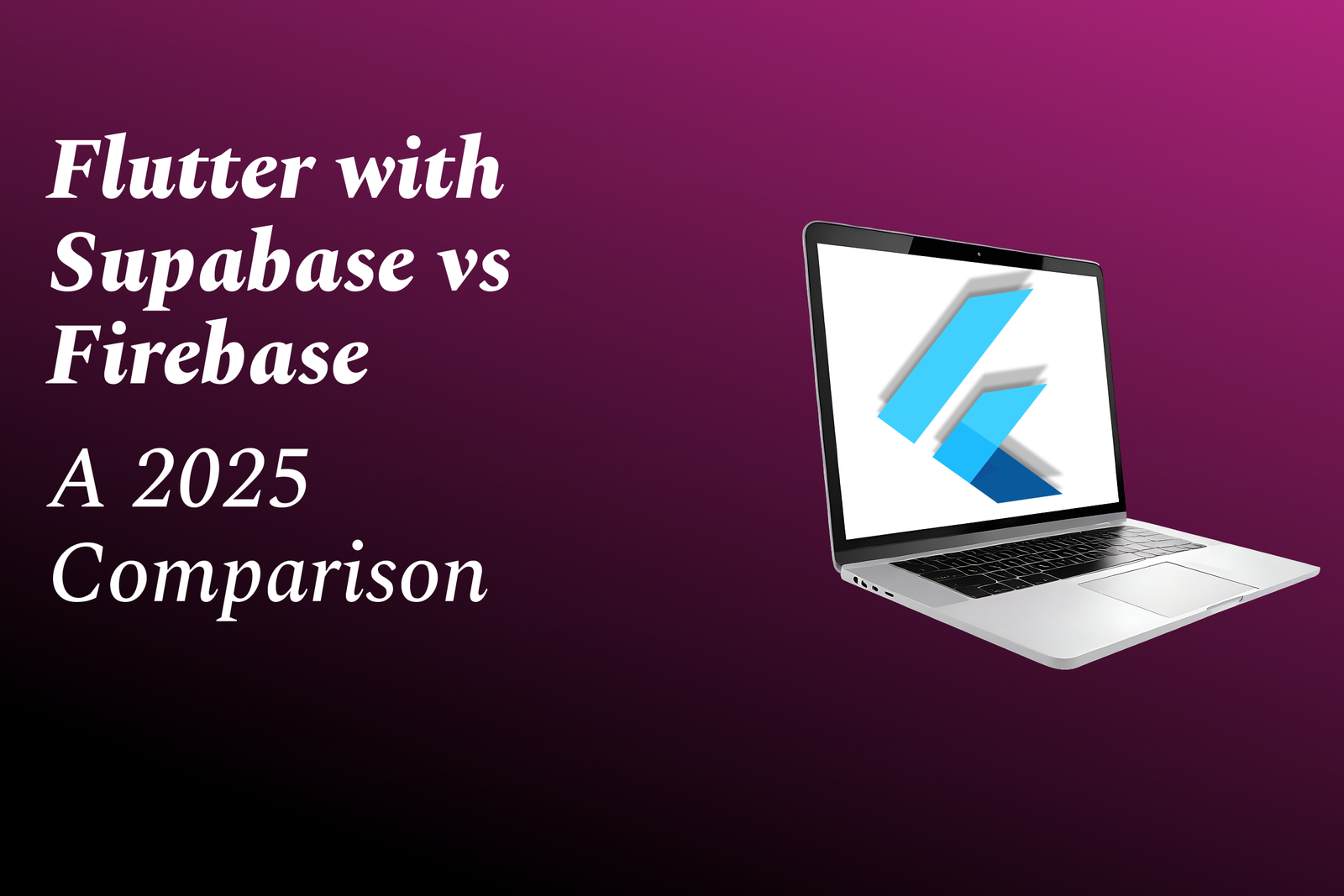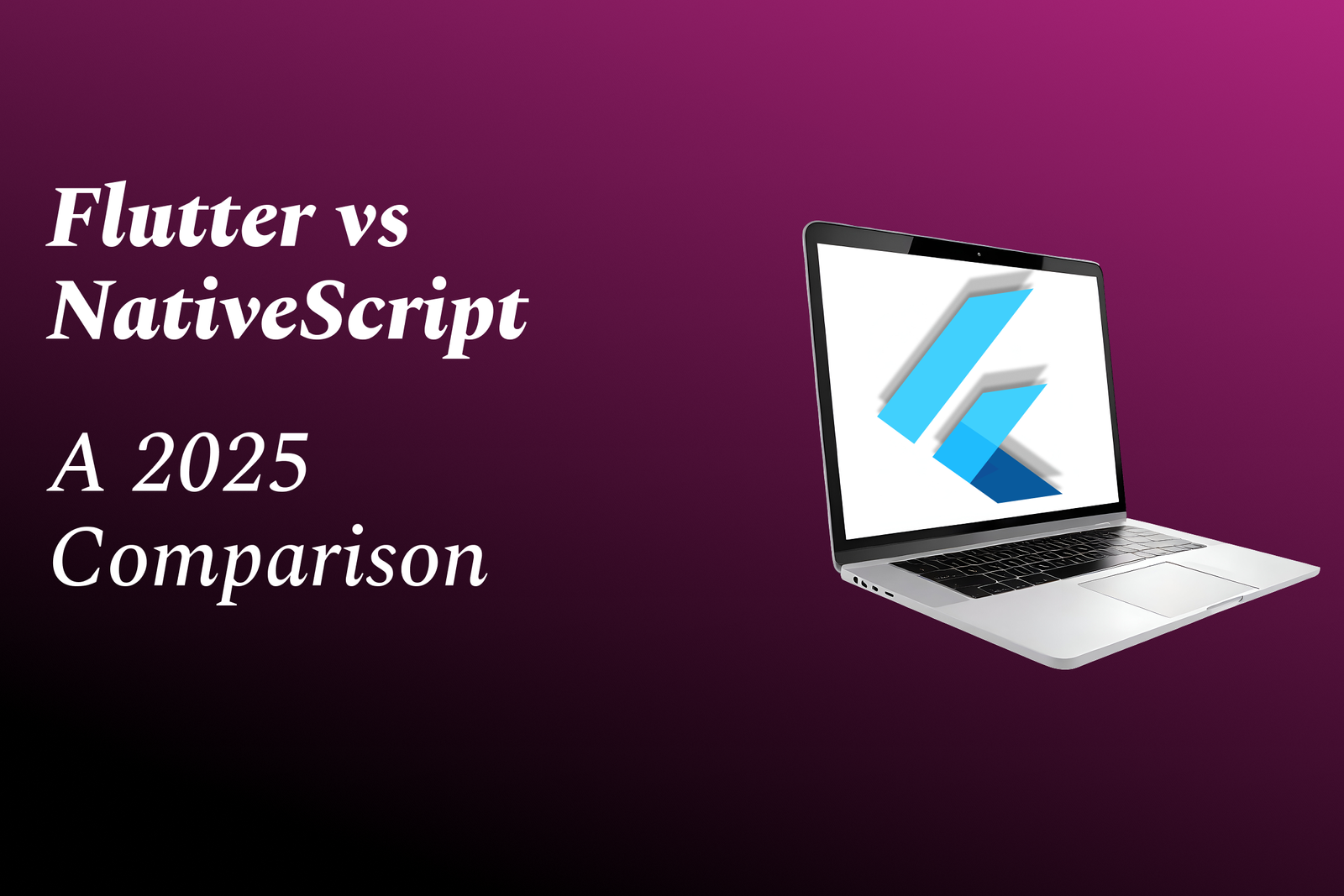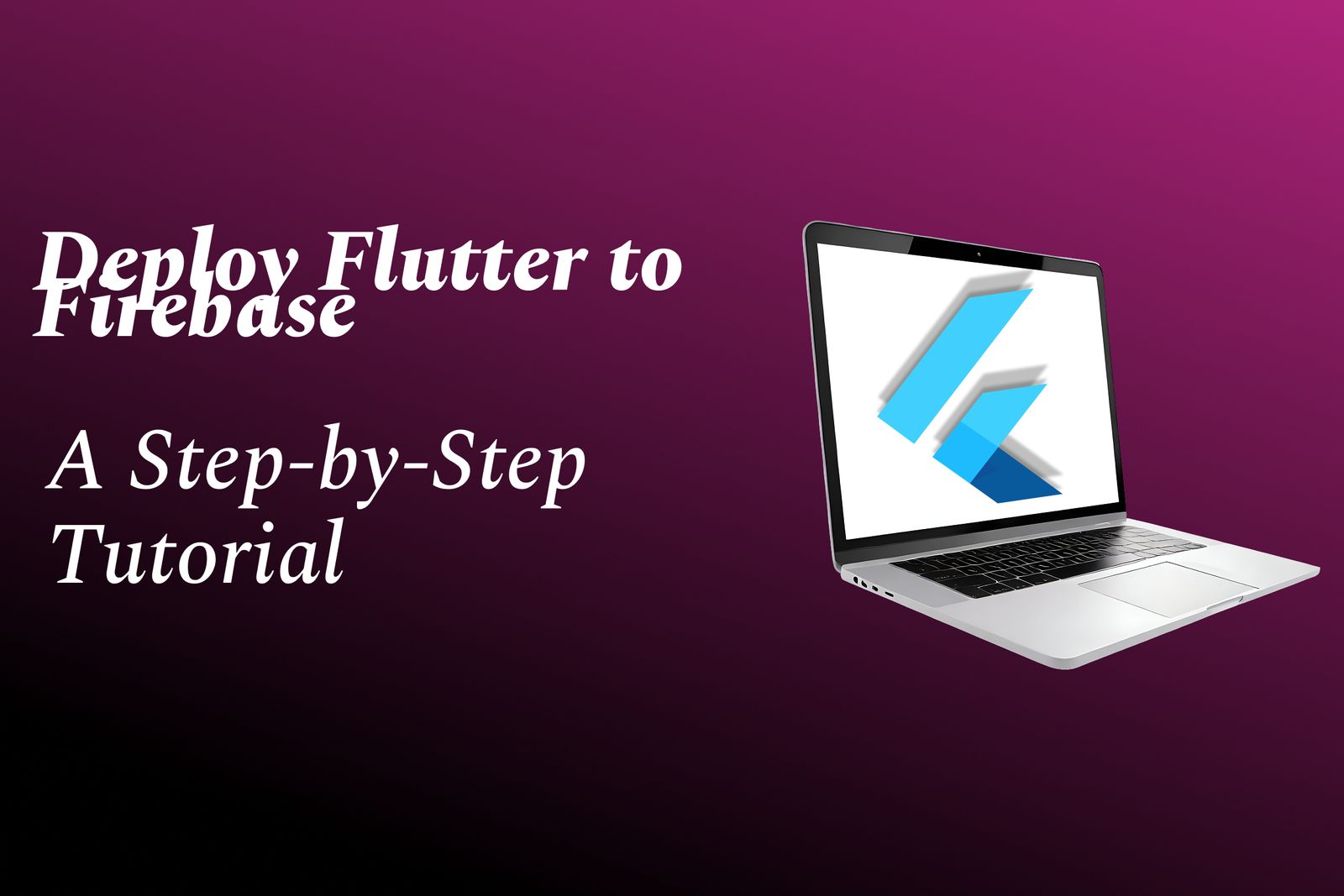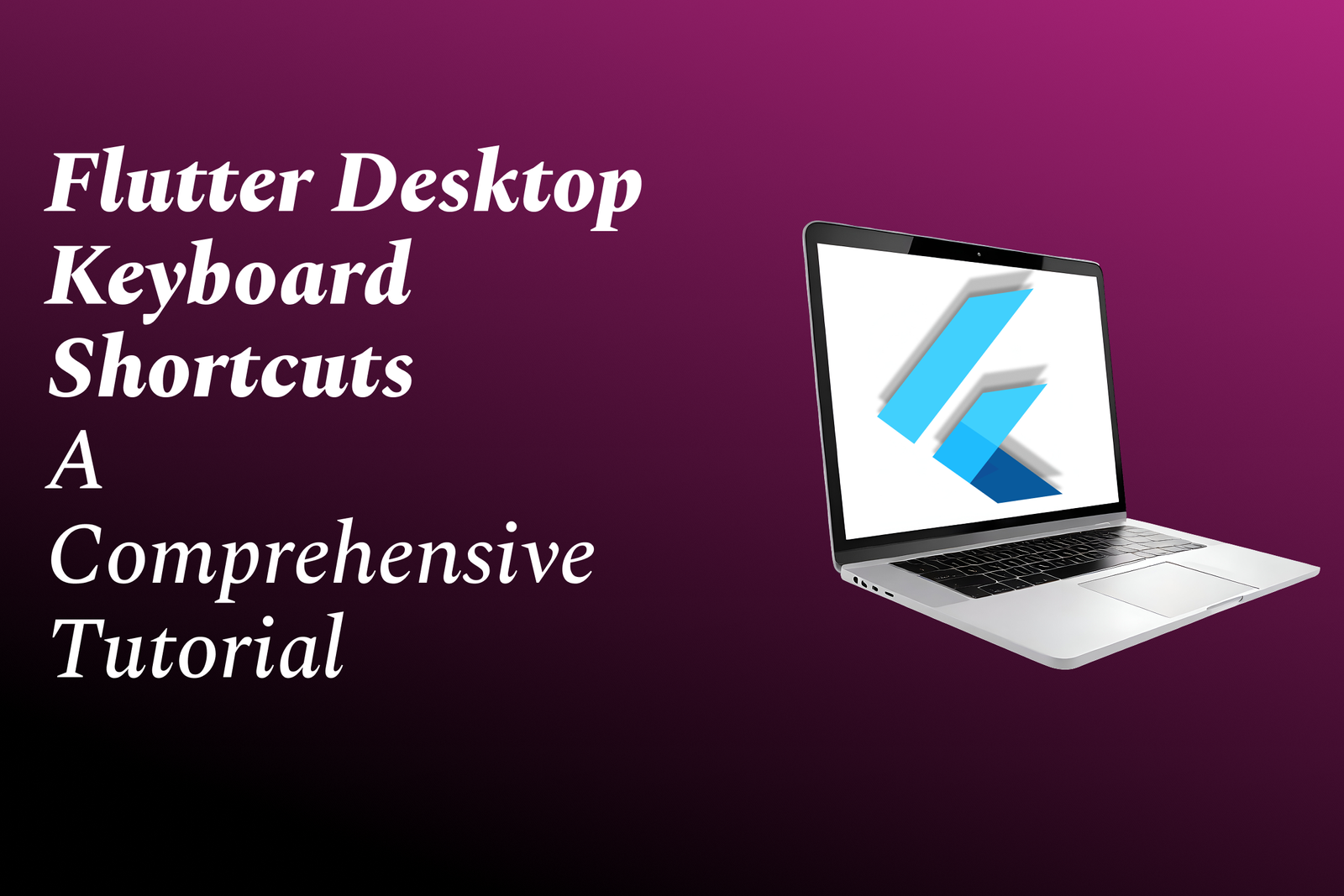Using Flutter'S Hot UI For Rapid Prototyping
Using Flutter's Hot UI (hot reload and hot restart) lets developers inject code changes into a running app and see updated layouts, styles and behaviours instantly without losing app state, making it ideal for rapid prototyping. This real-time feedback loop accelerates iteration on widgets, animations and responsive designs, improves collaboration between designers and engineers, and dramatically shortens the path from idea to working MVP.
Using Flutter'S Hot UI For Rapid Prototyping
Using Flutter's Hot UI (hot reload and hot restart) lets developers inject code changes into a running app and see updated layouts, styles, and behavior instantly without losing app state, which dramatically shortens iteration cycles; this real-time feedback encourages experimentation, speeds up validation of UI flows and animations, improves collaboration between designers and engineers, and helps teams move from idea to working prototype or MVP much faster.
To Download Our Brochure: **https://www.justacademy.co/download-brochure-for-free
**
Message us for more information: **https://api.whatsapp.com/send?phone=919987184296
**
Using Flutter's Hot UI (hot reload and hot restart) lets developers inject code changes into a running app and see updated layouts, styles, and behavior instantly without losing app state, which dramatically shortens iteration cycles; this real time feedback encourages experimentation, speeds up validation of UI flows and animations, improves collaboration between designers and engineers, and helps teams move from idea to working prototype or MVP much faster.
Course Overview
JustAcademy's “Using Flutter's Hot UI for Rapid Prototyping” teaches developers to leverage hot reload and hot restart to iterate interfaces quickly, validate ideas, and build interactive prototypes through hands-on projects covering state management, animations, debugging, and workflow best practices.
Course Description
JustAcademy's “Using Flutter's Hot UI for Rapid Prototyping” teaches fast UI iteration with hot reload/restart, state handling, animations, and hands-on prototype projects.
Key Features
1 - Comprehensive Tool Coverage: Provides hands-on training with a range of industry-standard testing tools, including Selenium, JIRA, LoadRunner, and TestRail.
2) Practical Exercises: Features real-world exercises and case studies to apply tools in various testing scenarios.
3) Interactive Learning: Includes interactive sessions with industry experts for personalized feedback and guidance.
4) Detailed Tutorials: Offers extensive tutorials and documentation on tool functionalities and best practices.
5) Advanced Techniques: Covers both fundamental and advanced techniques for using testing tools effectively.
6) Data Visualization: Integrates tools for visualizing test metrics and results, enhancing data interpretation and decision-making.
7) Tool Integration: Teaches how to integrate testing tools into the software development lifecycle for streamlined workflows.
8) Project-Based Learning: Focuses on project-based learning to build practical skills and create a portfolio of completed tasks.
9) Career Support: Provides resources and support for applying learned skills to real-world job scenarios, including resume building and interview preparation.
10) Up-to-Date Content: Ensures that course materials reflect the latest industry standards and tool updates.
Benefits of taking our course
Functional Tools
1 - Flutter SDK and Dart language
Flutter SDK provides the core framework and tools needed to build cross platform UIs with a single codebase, and Dart is the optimized language that enables fast compilation and expressive UI declarations.
Training covers SDK installation, channel selection (stable/dev), package management with pub, and version management strategies for team projects.
Students practice creating projects, understanding the widget tree, and writing idiomatic Dart to maximize hot reload responsiveness and concise UI code.
Course labs show how Dart’s async model and sound null safety accelerate prototyping while minimizing runtime errors and improving maintainability.
JustAcademy emphasizes using the SDK ecosystem to turn sketches into interactive prototypes within minutes for rapid stakeholder feedback.
2) Hot Reload / Hot Restart workflow
Hot Reload and Hot Restart are essential runtime tools that let developers see code changes instantly without rebuilding the entire app, enabling rapid UI experimentation.
Hands on sessions demonstrate how incremental widget changes, state updates, and code structure affect reload behavior to teach reliable prototyping patterns.
Students learn best practices to design widgets and state boundaries that preserve useful state across reloads while avoiding silent bugs.
Exercises include complex UI iterations where students iterate layouts, styles, and interactions in real time to validate UX decisions with users.
Training highlights common pitfalls and strategies to recover from reload related inconsistencies during intensive prototype sprints.
3) Visual Studio Code and Android Studio IDEs
VS Code and Android Studio are the primary development environments used to author Flutter apps, offering integrated debuggers, emulators, and extensions for faster workflows.
Instruction focuses on recommended plugins (Flutter, Dart), keyboard shortcuts, code actions, refactoring tools, and UI previews to speed up prototype composition.
Participants practice configuring device targets, emulator management, and project templates to reduce setup friction and standardize team environments.
Debugging labs show breakpoints, widget inspector access, and live performance overlays to diagnose layout and rendering issues before demos.
JustAcademy trains students to optimize IDE settings for low latency iteration cycles during timed prototyping exercises.
4) Flutter DevTools and Widget Inspector
Flutter DevTools is the suite for runtime inspection, performance profiling, and memory analysis that helps students diagnose UI behavior and bottlenecks.
Instruction covers the Widget Inspector for exploring the widget tree, layout constraints, rendering layers, and hit testing to fine tune prototypes.
Performance tools teach frame rendering timelines, CPU/GPU profiling, and garbage collection metrics so prototypes meet realistic smoothness targets.
Memory and network tabs are used in labs to simulate data heavy prototypes and to spot inefficient asset usage or leaking patterns.
Hands on sessions integrate DevTools into iterative cycles, enabling students to measure the impact of code changes in real time.
5) State management libraries (Provider, Riverpod, Bloc)
State management patterns let prototypes scale in complexity without becoming unmaintainable, and the course surveys Provider, Riverpod, and Bloc for different needs.
Training contrasts local widget state vs. app level state, immutable approaches, dependency injection, and reactive streams for predictable UI updates.
Students implement sample features using each library to understand trade offs in boilerplate, testability, and hot reload friendliness.
Labs include migrating small prototypes across patterns to show how architecture choices affect iteration speed and team collaboration.
JustAcademy emphasizes selecting pragmatic, maintainable patterns that keep prototypes extendable toward production if needed.
6) UI design and prototyping tools (Figma, Zeplin)
Figma and Zeplin provide design assets, layout specs, and interactive prototypes that bridge UX designs with Flutter implementations for pixel accurate prototypes.
Course modules teach exporting assets, organizing design tokens, translating spacing systems to Flutter constraints, and using Figma plugins that generate Flutter ready snippets.
Students practice converting design components into reusable Flutter widgets and establish consistent theming with color, typography, and elevation tokens.
Collaborative workshops show handoff workflows ensuring designers and developers iterate within the same style system during rapid sprints.
Emphasis is placed on maintaining fidelity without sacrificing iteration speed by using pragmatic approximations for noncritical visuals.
7) Widgetbook / Storybook for component catalogs
Widgetbook (or Storybook equivalents) is used to build and browse a living component library, enabling isolated development and visual testing of UI elements.
Instruction covers organizing stories, documenting variants, and integrating knobs to explore props and states during stakeholder reviews or QA checks.
Students practice creating component catalogs so teams can quickly assemble prototypes by composing prebuilt, tested widgets rather than rebuilding from scratch.
Labs include visual regression checks and accessibility snapshots to ensure components behave consistently across themes and locales.
This toolset helps JustAcademy students produce repeatable, scalable prototype assets that accelerate future projects.
8) Mock APIs and backend tools (Postman, Mockoon, Firebase)
Mock APIs and lightweight backends allow prototypes to demonstrate end to end flows without waiting for production services, using Postman, Mockoon, or Firebase emulators.
Curriculum covers designing realistic API contracts, stubbing responses, handling latency and error cases, and switching easily between mock and live endpoints.
Students build sample data flows, offline scenarios, and sync strategies to validate UX under varying network conditions and backend behaviors.
Hands on labs show integrating Firebase Auth/Firestore for rapid user state and persistence, as well as best practices for secure test credentials.
Training highlights how well structured mocks accelerate stakeholder validation and reduce backend dependencies during prototype phases.
9) Asset pipelines and iconography tools
Managing images, SVGs, fonts, and responsive assets is crucial for polished prototypes, and the course teaches asset optimization and Flutter asset configuration.
Students learn automated pipelines for converting SVGs to Flutter friendly widgets, generating multi density image sets, and bundling fonts and icon fonts.
Practical exercises include lazy loading strategies, caching patterns, and size budgeting so prototypes remain performant on lower end devices.
Guidance covers licensing, vector vs raster decisions, and accessibility considerations like scalable icons and semantic labeling.
JustAcademy ensures students can deliver visually compelling prototypes without introducing heavy payloads that slow iteration.
10) Testing and QA basics for prototypes
Basic unit, widget, and integration tests are introduced to keep prototypes stable during rapid changes and to codify critical interactions for demo reliability.
Training emphasizes lightweight test suites that protect essential flows (login, navigation, data submission) without blocking fast iterations.
Students practice writing tests that are resilient to UI tweaks by focusing on behavior and semantics rather than exact pixel matches.
Hands on labs include automating smoke tests in CI and using golden file testing sparingly for key visual components.
The course frames testing as a productivity enabler for prototyping teams rather than a gate that slows down creativity.
11 - Git, GitHub, and collaboration workflows
Version control using Git and hosting on GitHub are core to collaborative prototyping, enabling branching, code reviews, and quick rollbacks during sprints.
Instruction covers branching strategies for prototype experiments, PR etiquette, conflict resolution, and using issues to track iteration tasks and feedback.
Students simulate team workflows with paired programming, timed feature branches, and merge policies to mimic real delivery environments.
Integration with CI tools for automated checks and artifact builds is demonstrated so demos can be reproduced reliably for stakeholders.
JustAcademy focuses on lightweight, repeatable processes that keep teams aligned while maximizing iteration speed.
12) Device farms, emulators, and physical device testing
Testing on a spectrum of devices—emulators, simulators, and physical phones/tablets—ensures prototypes behave consistently across OS versions and form factors.
Labs include setting up Android and iOS emulators, configuring device profiles, and using cloud device farms for broader compatibility checks under time constraints.
Students learn to instrument prototypes for different screen sizes, pixel densities, and input methods like touch, keyboard, and accessibility tools.
Real device testing sessions emphasize performance profiling, input latency checks, and battery/network condition simulations to surface real world issues.
Training prepares students to choose the minimal device matrix that validates core experiences without bogging down the sprint.
13) CI/CD basics and demo distribution (Codemagic, GitHub Actions, TestFlight)
Continuous integration and simple CD pipelines help automate builds, run tests, and deliver prototype binaries to testers and stakeholders quickly using Codemagic or GitHub Actions.
Course modules teach configuring build workflows for Android APKs, iOS test builds, and web deploys, along with secure management of signing keys and credentials.
Students practice automating artifact uploads to distribution channels like TestFlight, Firebase App Distribution, or a private download page for rapid feedback.
Lessons include rollback strategies, incremental releases for stakeholders, and lightweight release notes to guide demoers and testers through new prototype versions.
JustAcademy equips students with reproducible delivery patterns so prototypes can be shared broadly without manual build bottlenecks
14) Accessibility (a11y) fundamentals
Accessible prototypes reach more users and expose UX issues early. Training covers semantic widgets, focus order, screen reader labels, contrast checks, and scalable text so demos are usable by people with disabilities. Labs include accessibility audits and remediation tasks to make prototypes demonstrably inclusive.
15) Internationalization (i18n) and localization (l10n)
Designing for multiple locales avoids costly rewrites later. Modules teach string extraction, pluralization, RTL support, locale aware formatting, and techniques to swap translations at runtime. Students deliver localized prototype builds that validate layout resilience across languages.
16) Animations and motion design
Motion communicates intent and improves perceived quality. Course work explores implicit and explicit animations, animated builders, Hero transitions, and performance friendly compositing. Hands on exercises produce micro interactions and page transitions that elevate prototype polish.
17) Performance optimization and startup tuning
Smooth prototypes feel production ready. Instruction shows frame budget analysis, reducing jank, deferred loading, lazy lists, and trimming startup time via code splitting and asset loading strategies. Labs include profiling before/after optimizations to quantify gains.
18) Analytics, logging, and crash reporting
Measuring user interactions validates design decisions. Students integrate analytics events, structured logging, and crash reporting (e.g., Sentry, Firebase Crashlytics) to capture meaningful metrics from prototype trials. Exercises include defining KPIs and building dashboards for stakeholder reviews.
19) Security basics and secrets handling
Prototypes still need basic security hygiene. Training covers storing API keys securely, avoiding hard coded secrets, secure authentication flows, and simple threat modeling for demo scenarios. Practical labs demonstrate environment based config and secure emulator practices.
20) Native integrations and platform channels
Interacting with native APIs unlocks device capabilities. Modules teach platform channels, method/event channels, and packaging native plugins to access sensors, Bluetooth, or advanced permissions. Students build small native extensions to validate platform specific features in prototypes.
21 - Payments, subscriptions, and in app purchases
Monetization prototypes require realistic flows. Instruction covers integrating test modes for Google Play Billing and Apple IAP, handling receipt validation, and designing subscription states in UI. Labs simulate purchase flows and account state transitions for stakeholder demos.
22) App size management and binary optimization
Smaller builds improve download and install rates for demos. Course content includes tree shaking, deferred components, split APKs, and asset compression techniques to minimize app size. Students compare build sizes and apply targeted strategies to reduce payload.
23) Offline first and sync strategies
Prototypes that handle intermittent connectivity feel robust. Training covers caching, optimistic updates, conflict resolution, and background sync patterns using local databases or sync engines. Exercises create resilient flows that maintain usability offline and sync reliably when online.
24) Observability, feature flags, and remote config
Controlling prototype behavior remotely speeds iteration. Modules teach feature flag systems, remote config rollouts, and runtime toggles to enable/disable experiments without redeploys. Labs show safe rollouts during user trials and how observability links to flag driven experiments.
25) Legal, privacy, and data protection basics
Even prototypes must respect user privacy. Instruction covers basic privacy notices, consent for tracking, GDPR/CCPA considerations, and secure handling of user data during demos. Students prepare privacy minded prototypes suitable for public testing.
26) Capstone project and portfolio readiness
A guided capstone ties skills into a showcase ready prototype. Students plan, build, test, and deliver a real time project with CI/CD, analytics, and documented design handoff. JustAcademy helps convert the capstone into a portfolio artifact and certification exam submission.
If you want additional topics (e.g., AR/ML device integrations, enterprise deployment, or instructor led mini projects), indicate which focus areas to expand and more points will be added.
Browse our course links : https://www.justacademy.in/all-courses
To Join our FREE DEMO Session: https://www.justacademy.in/register-for-course-demo
This information is sourced from JustAcademy
Contact Info:
Roshan Chaturvedi
Message us on Whatsapp: https://api.whatsapp.com/send?phone=919987184296
**Email id: mailto:info@justacademy.co
**
https://www.justacademy.co/blog-detail/flutter-test-environments:-a-setup-guide
https://www.justacademy.co/blog-detail/flutter-smart-agriculture-apps-with-iot-integration
https://www.justacademy.co/blog-detail/optimizing-network-calls-in-flutter-with-dio
https://www.justacademy.co/blog-detail/flutter-3d-animations-with-rive:-a-tutorial
https://www.justacademy.co/blog-detail/flutter-cloud-file-uploads-to-aws-s3-and-firebase-storage
Rapid Flutter Prototyping with Hot UI: Fast Hot-Reload UI Design & Iteration
Flutter Hot UI: Hands-On Guide to Rapid Prototyping, Hot-Reload UI Design & Best Practices
Flutter Hot UI & Hot Reload: Rapid Prototyping Guide for Building High-Performance Mobile UIs
Flutter Hot Reload & Hot UI: Rapid Prototyping Techniques for Building High-Performance Mobile Apps
